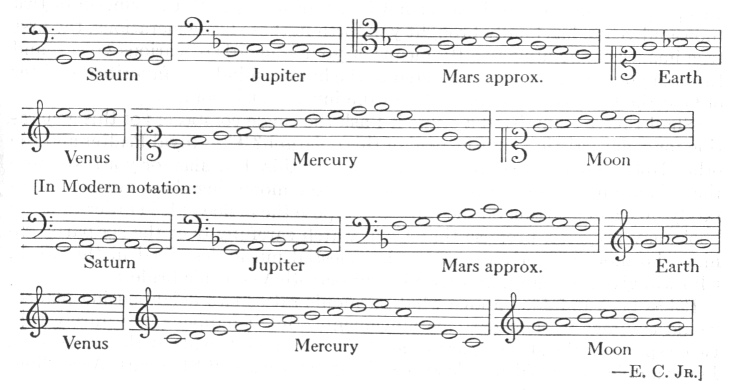"As for spotting general characteristics [of the Modernist arts], the task is difficult too. A critical term first used about Modernism tells us why: its arts have been promoted and accepted as 'experimental.' The word stand for endless efforts to be different; it is one of the many misnomers of our time. An experiment is conducted under rigorous conditions; it follows a method, relies on others' most recent research, and is subject to review by peers. The artist's effort is entirely individual and uncontrolled. It is barely trial and error, since there exist no standards by which error can be gauged and a better trial made. What Modernism achieved is no less worthy for the lack of an honorific drawn from the laboratory. It would be better described---and this for more than one reason---as suggestive art. (The French slang phrase 'launching a balloon' springs to mind.) Suggestive would cover the part that was pastiche and parody, the part that appealed by scandal, the part that embodied the obscure hints of the unconscious, and---perhaps clearest of all---the combination of parts that detach emotion from past art. Still, the word experimental proved a great convenience as a mind-opener. It made the public, inured to science, take the improbable with composure; it kept the lid down on the coffin of the philistine."
Jacques Barzun, From Dawn to Decadence: 500 Years of Western Cultural Life 1500 to the Present.




